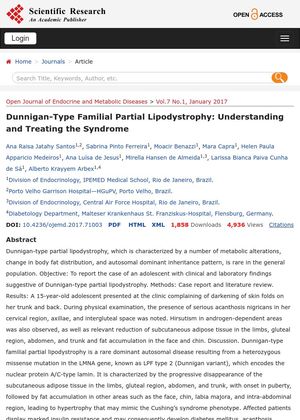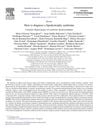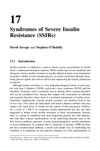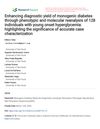Dunnigan-Type Familial Partial Lipodystrophy: Understanding and Treating the Syndrome
January 2017
in “
Open Journal of Endocrine and Metabolic Diseases
”
Dunnigan-Type Familial Partial Lipodystrophy FPLD2 subcutaneous tissue insulin resistance diabetes mellitus acanthosis nigricans hepatic steatosis polycystic ovary syndrome metformin glitazones pioglitazone subcutaneous leptin replacement vitamin D3 oral contraceptive lipodystrophy insulin sensitizers leptin replacement birth control pills

TLDR The document concludes that managing Dunnigan-Type Familial Partial Lipodystrophy involves treating associated health issues and using medications like metformin and leptin replacement.
The document from 6 years ago discussed Dunnigan-Type Familial Partial Lipodystrophy (FPLD2), a genetic disorder causing loss of subcutaneous tissue in the extremities and trunk, and fat accumulation on the neck. This condition often leads to severe insulin resistance, diabetes mellitus, acanthosis nigricans, hepatic steatosis, and polycystic ovary syndrome. The prognosis is tied to metabolic and cardiac complications, and body dysmorphia can lead to psychological disorders. Treatment focuses on managing diabetes mellitus, pancreatitis, and cardiovascular disease, and includes lifestyle changes, insulin sensitizers like metformin and glitazones, and subcutaneous leptin replacement. A case study of a 15-year-old female patient with FPLD2 showed symptom improvement with a treatment regimen of metformin, vitamin D3, pioglitazone, and an oral contraceptive. The document also discussed the classification and diagnosis of lipodystrophies, including FPLD2.



